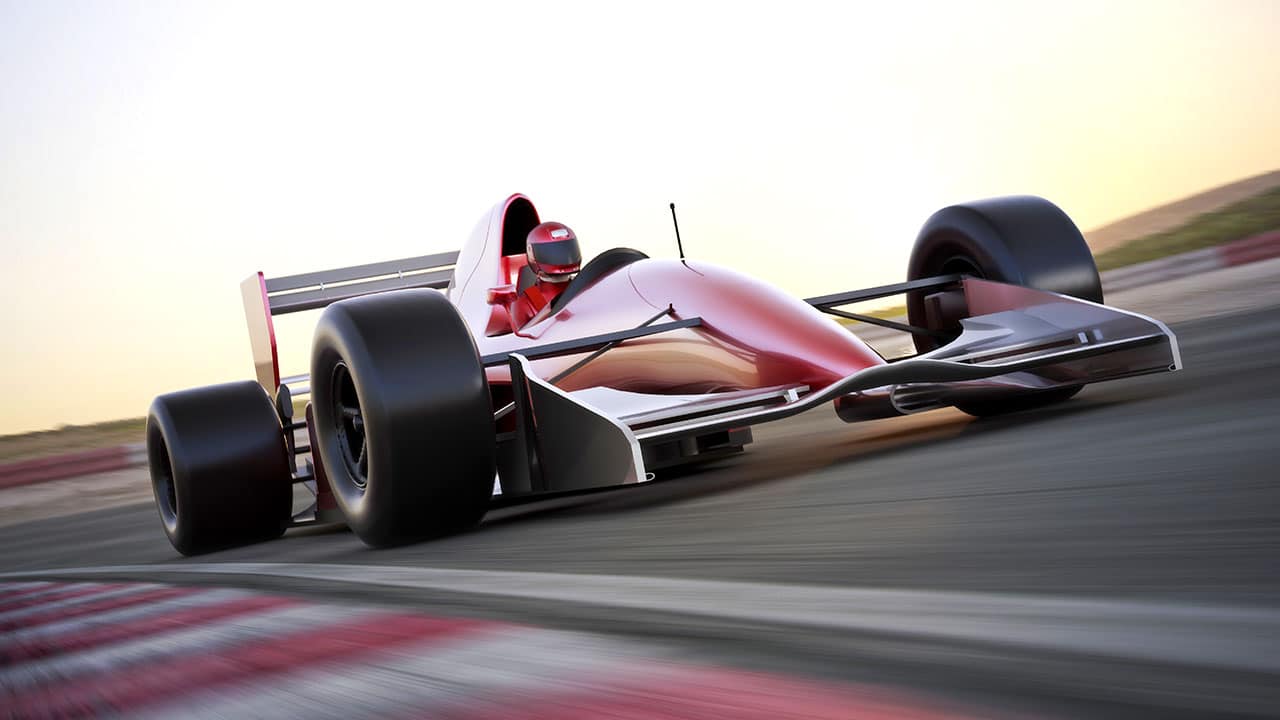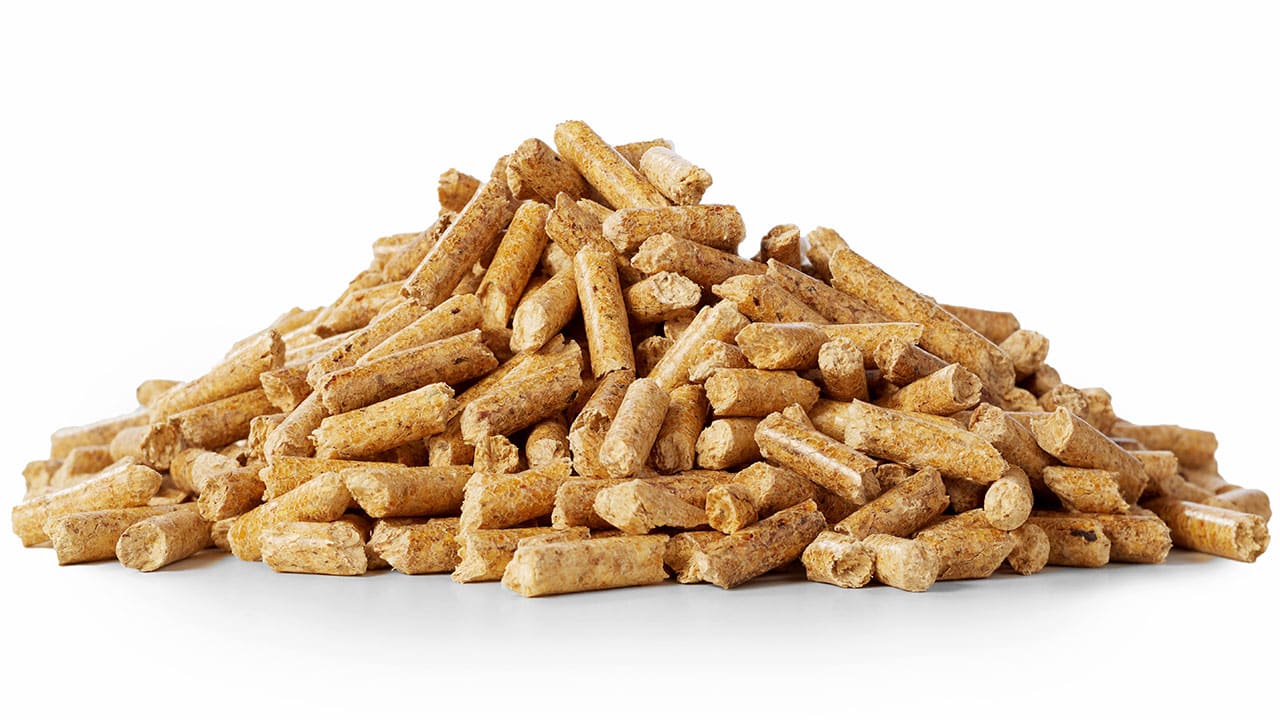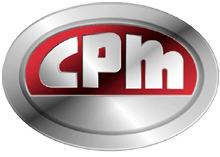Motorsports, at least at the highest levels, is firmly committed to decarbonization and sustainability. Formula 1 has a sustainability strategy that aims for the whole organization to be net-zero by 2030. Earlier this year, NASCAR announced a 2035 commitment to become a net-zero organization, with significant positive milestones along the way. In 2024, MotoGP has committed to using 40% biofuels, and the organization is targeting being 100% fossil-fuel free by 2027.
And, in their own ways, CPM’s product brands are contributing technologies that can make these goals a reality, both in top-tier motorsports and in the cars that millions of us drive every day.
One striking example: how CPM’s Extricom Extrusion RingExtruder is making high-performance tire manufacturing a more sustainable, energy-efficient process.
The Traditional Tire-Rubber Manufacturing Process
High-performance automotive tires are made from a number of components, including steel wires, fabrics, and fillers. But, the key component in every tire is rubber, more specifically a compound of natural and synthetic rubbers.
In modern tire manufacturing, the vast majority of these rubber compounds are created with a batch-type rubber mixer. These machines can be called a kneader, dispersion kneader, batch mixer, internal mixer, or, simply, rubber mixing machine.
While the mechanisms vary slightly, the process is quite similar: natural rubber, synthetic rubber, chemical additives, and pigment are all added into the kneader. They’re mixed together for 3–8 minutes, during which time the friction from the mixing process creates a significant amount of heat. The batch of rubber material is rolled out into long strips or sheets for cooling, and the kneading process is repeated two or more additional times to develop the final rubber sheets ready to be used in the manufacture of the tires.
This basic process has been used for centuries, but it has two major drawbacks. The first is that it’s a batch, not a continuous process. Each batch of rubber compound must be mixed as a single process and completed before the next batch is run. However, modern manufacturers generally prefer continuous processes, which tend to have significant efficiency and automation advantages.
Second, mixer-based rubber manufacturing requires significant energy inputs to knead the rubber, roll it out, and cool it between mixes.
Any tire manufacturer serious about efficiency and decarbonization would be eager for opportunities to improve this process.
A More Sustainable Solution from CPM’s Extricom Extrusion
Josef Blach first developed the RingExtruder in 1998. The RingExtruder is a multi-screw extruder with 12 co-rotating screws arranged symmetrically around a stationary core; each shaft rotates in the same direction on a fixed axis.
The design is tailor-made to improve and add efficiency to the rubber compounding process.
Firstly, the RingExtruder’s unique design allows for it to mix materials with low-energy inputs, reducing the overall energy consumption of the rubber manufacturing process.
Second, the RingExtruder’s geometry allows for efficient heat transfer, eliminating the need for cooling cycles while maintaining appropriate temperatures for tire rubber manufacturing and further reducing the energy requirements of the process.
Finally, the RingExtruder offers a continuous — not a batch — manufacturing process. The rubber compound’s ingredients are continually added to one end, while fully compounded and ready-to-use rubber comes out the other end. This allows the RingExtruder to more efficiently fit into a larger continuous tire manufacturing process.
Shortly after its invention, CPM realized the potential of the RingExtruder design. CPM’s U.S.-based extrusion brand, Century Extrusion, licensed and sold the first RingExtruder in the United States in 2004, and Extricom became a CPM brand in 2017.
Proven in the Factory & on the Racetrack
In August of 2008, Extricom sold its first RingExtruder production line to a major automotive tire manufacturer. Jürgen Sauer, the Director of Market Segment Sustainable Products within CPM’s extrusion division, remembers the date well. At the time, he was a sales engineer for Extricom, and on holiday.
“I got a call from the client who said, ‘you have to call back right now!’” Jürgen recalls.
It was the height of the Great Recession, and companies were slashing capital equipment budgets. Nevertheless, this global tire manufacturer had seen the benefits of the RingExtruder, and had received approval from “the very top” to make the capital expenditure.
Jürgen cut his holiday short, and the tire manufacturer got their RingExtruder production lines sold and later installed.
Then the tire manufacturer started to make tires for one of the world’s highest-performance and highest-profile motorsports racing leagues, they used the RingExtruder lines to make the tires.
Jürgen and the rest of the team got to sit in front of their TVs and watch tires made efficiently with their technology set record-setting lap times on some of the most iconic tracks around the globe.
Racing Into a Decarbonized Future
Since that first installation sold in 2008, Extricom and CPM have continued to provide RingExtruder-based compounding lines to rubber manufacturers around the globe.
Cutting energy costs for rubber compounding is just one way that CPM and its brands are contributing to sustainability around the world. We offer critical equipment and solutions for recycling processes, biofuel production, efficient and sustainable food production, and much more.
If you’d like to join us in our mission to feed, fuel, and build a better world, check out our current openings around the world. If you’re looking for technologies and solutions that can make your manufacturing and production processes more sustainable and efficient, let us know what you need. We’d love to help.




